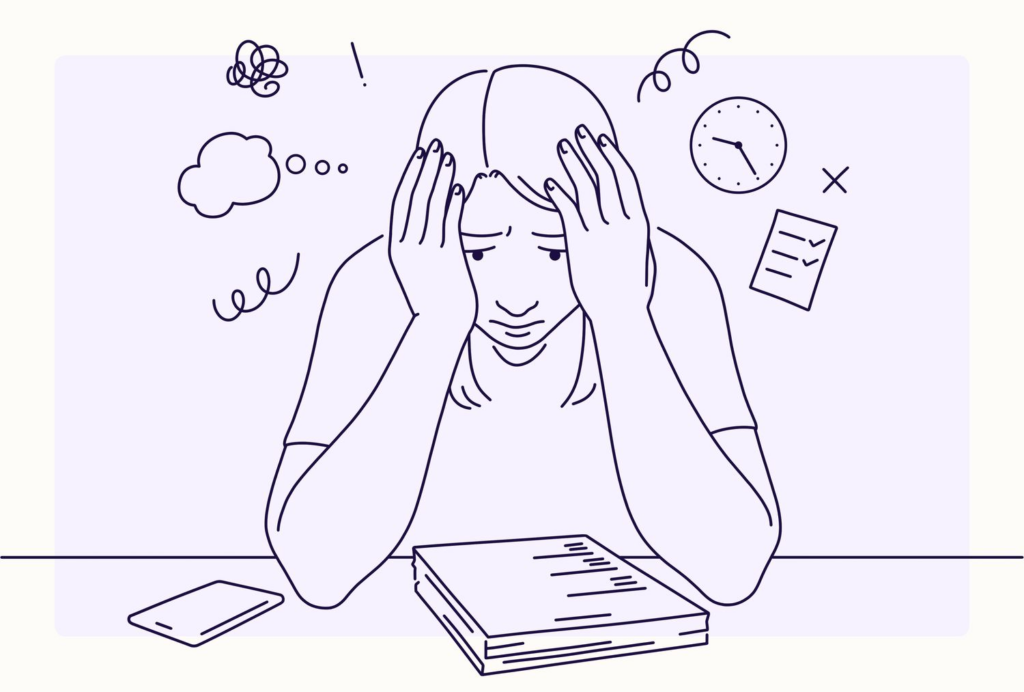World Menstrual Hygiene Day will be celebrated on 28 May 2024 under the theme #PeriodFriendlyWorld.
World Menstrual Hygiene Day 2024, often known as MH Day, is commemorated on May 28th each year. This day is dedicated to encouraging women to practise proper hygiene during their menstrual cycle in order to stay healthy. It is recognised as necessary to create awareness about the significance of excellent menstrual hygiene and to break down existing societal taboos surrounding menstruation. The date of May 28 was chosen as Menstrual Hygiene Day because it represented the typical length of a menstruation cycle.
Poor menstrual health and hygiene are caused by a lack of access to basic menstrual hygiene facilities such as sanitary products, as well as cultural taboos surrounding menstruation. World Menstrual Hygiene Day attempts to address these concerns by raising menstrual hygiene awareness and education levels. This will contribute to lowering the harmful effects of poor menstrual health and cleanliness on women’s education, health, and general quality of life.
World Menstrual Hygiene Day 2024 Date
This year, World Menstrual Hygiene Day will be celebrated on Tuesday, 28 May 2024. It will be the 10th edition of Menstrual Hygiene Day.
World Menstrual Hygiene Day 2024 Theme
The theme for World Menstrual Hygiene Day 2024 is #PeriodFriendlyWorld.Menstrualhygieneday.org states, “In a #PeriodFriendlyWorld, the stigma and taboos surrounding menstruation are history.” It is a world in which everyone has access to the products, education, and infrastructure necessary for menstruation. With one message, we are louder.
History of Menstrual Hygiene Day
The Menstrual Hygiene Day campaign began in 2014 with only 155 partners and 89 pieces of media coverage. By 2023, the campaign had expanded into a global movement with over 1,000 MH Day partner groups, individuals, influencers, and media. The campaign’s biggest success came in 2023, when it reached more than 705 million individuals, the most ever recorded, in an effort to eradicate taboos and shame associated with menstruation.
Menstrual Hygiene Day 2024 Activities
Following are some of the Menstrual Hygiene Day 2024 activities of that you can participate in to celebrate the day.
- Engage in public and community events to amplify the voices of organizations and individuals who are fighting for menstrual equity, and support legislation that demands full disclosure of what’s in period product ingredients.
- Participate in online workshops and events to learn and share experiences about menstruation
- Support and celebrate breakthroughs in menstrual health.
- Promote menstrual health and hygiene through creative and engaging ways like community events, social media campaigns, awareness rallies, and more.
- Support organizations who are providing free sanitary pads and menstrual products to women living in developing countries.
- Participate in events which empower girls and inspire them to maintain menstrual hygiene.
- Organize events that teach young girls about how to use reusable pads.
Also Read Fahadh Faasil Reveals That he has been Diagnosed with ADHD.
Significance of Menstrual Hygiene Day
World Menstrual hygiene day is dedicated to promoting better understanding about menstruation and the importance of clean and safe menstrual products. It is also an opportunity to break down any social taboos associated with menstruation and make sure that all people have access to safe and clean menstrual products, regardless of their gender identity or expression. Menstrual hygiene day is significant for a number of reasons. First, it is a chance to highlight the importance of menstrual care and to raise awareness about the issues faced by women who do not have access to menstrual products. It is also an opportunity to promote better education and awareness about menstruation so that women can have access to clean and safe spaces during their menstrual cycle. In addition, it is also a day to appreciate the beauty and dignity of menstruation and to promote a more inclusive and gender-affirming approach to sexual health and reproduction.









